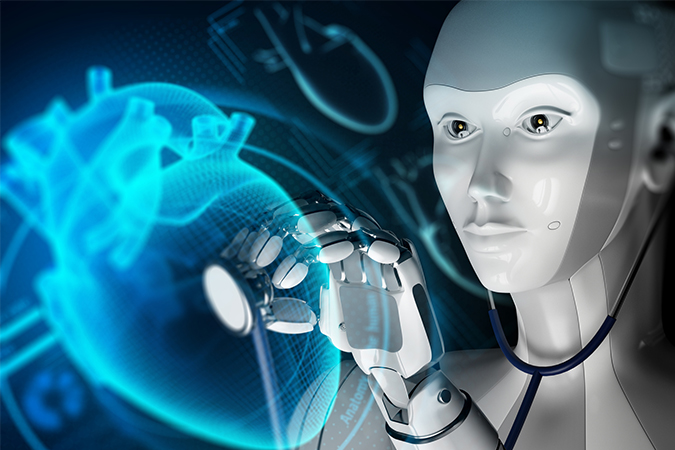The adoption of robotic technology in healthcare has come a long way in the past decade, evolving from skepticism to widespread acceptance as a means to enhance efficiency, reduce costs, and improve patient care. This transformation is evident at Al Jalila Children’s Specialty Hospital, where advanced robotic technology automates the pharmacy, streamlining medication dispensing based on orders from the Cerner hospital information system.
The integration of robotics and artificial intelligence in healthcare systems holds the potential to contribute significantly to long-term sustainability and profitability. By relieving healthcare professionals of repetitive and monotonous tasks, robots allow for increased precision, reduced workloads, and more time to focus on patient care. This technological shift addresses workforce shortages, cuts costs, and facilitates advanced forms of therapy and rehabilitation.
One of the most notable areas of robotic application is surgery, with the da Vinci Surgical System leading the way. Surgical robots offer greater reach, flexibility, and precision, allowing surgeons to make more accurate incisions and maintain control throughout procedures. However, these robots are designed to complement, not replace, surgeons, enhancing their skills and efficiency.
In pharmacy settings, robots are increasingly popular, especially in outpatient and inpatient pharmacies. They automate tasks such as medication dispensing, labeling, and packaging, ensuring meticulous attention to detail and reducing the risk of errors. Robotic arms play a crucial role in the preparation of intravenous solutions, contributing to a sterile and efficient process.
Rehabilitation medicine has seen the emergence of wearable robotic structures like exoskeletons, aiding patients with a range of motion issues. These devices facilitate rehabilitation therapies, such as gait training for individuals recovering from strokes or spinal cord injuries. Moreover, robotic arms designed for rehabilitation provide a 3-D video gaming experience, tailoring treatments based on individual progress.
Telemedicine benefits from robotic technology, addressing healthcare professional shortages and extending specialized care to remote areas. Human-sized telerobots enable remote patient monitoring, consultations, and communication between healthcare providers and patients. Infection control is another domain where robots, such as the Xenex Robot, excel by employing UV disinfection techniques to reduce hospital-acquired infections effectively.
Mobile logistics robots contribute to streamlining daily hospital operations by autonomously transporting medications, meal orders, and linens. These robots navigate using sensors, reducing wait times and staff workloads. The potential applications of robotics in healthcare extend to phlebotomy, elderly care, dentistry, and even futuristic technologies like nanobots for treating complex diseases.
Despite these advancements, healthcare organizations face challenges in adopting robotic technologies. The initial capital investment required for sophisticated robotic systems, along with concerns about the ability of robots to handle complex and uncertain tasks, may hinder adoption. Some applications may necessitate infrastructure redesign, creating a potential barrier. Additionally, the fear of job displacement remains a concern, although many robotic technologies are designed to complement human skills rather than replace them.
In conclusion, healthcare organizations globally are increasingly embracing robotic technologies across various fields, driven by the potential to enhance operational efficiency, reduce costs, and improve patient care. As technology continues to advance and costs decline, the integration of robotics into healthcare operations is poised to become more widespread. Healthcare leaders are urged to recognize the immense potential and long-term benefits of investing in innovative robotic technologies to ensure both operational and innovation excellence.


